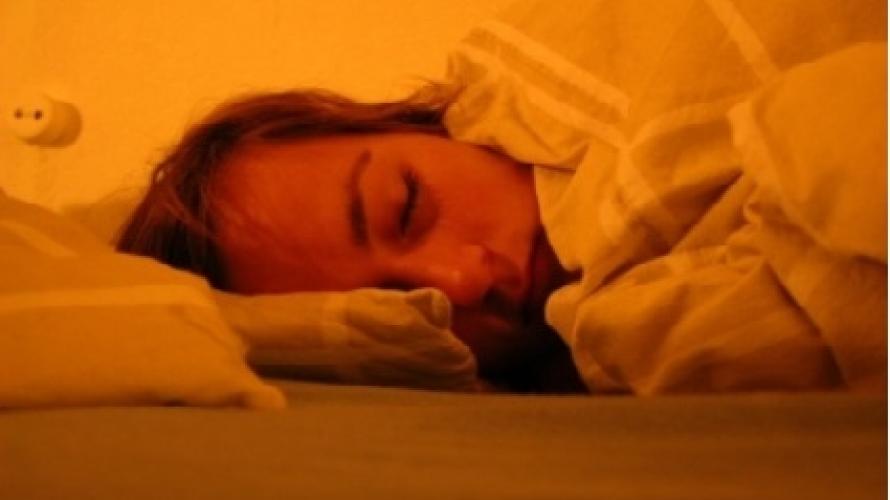
What is the study about?
This study reviewed research about treatments for post-traumatic brain injury fatigue (PTBIF). By comparing all published articles, researchers were able to identify promising best practices and areas that needed more research, because PTBIF has a negative impact on patients’ quality of life.
What did the study find?
Overall, researchers concluded that there is not enough research on treatments for PTBIF. The most promising treatment based on the evidence was for cognitive behavioral therapy. Other types of treatment, including the use of pharmaceuticals, physical activity, altering brain waves, brain stimulation with small amounts of electricity, or exposure to bright blue lights, had weak findings, were ineffective or the research design was too poor to reliably assess outcomes. The authors conclude that in an effort to improve the research and treatment for PTBIF, there needs to be: 1) an accepted, consistent definition of fatigue, 2) more research with fatigue as the primary (rather than secondary) outcome, 3) better measurement of fatigue, and 4) more targeted research that controls for type and severity of traumatic brain injury. The researchers also recommended research that examined brain function in people with PTBIF.
Who participated in the study?
Nineteen articles that met the inclusion criteria were included. An article was included if it was published in English and in a peer-reviewed journal, measured fatigue as a primary or secondary outcome of an intervention that was delivered to a sample that consisted at least 70% of individuals with TBI.
How was the study conducted?
Researchers collected 1523 abstracts using the initial search terms; at least two reviewers reviewed all abstracts. A third researcher evaluated abstracts if there was disagreement between the first two researchers’ recommendation for inclusion in the review. Then, the full article was reviewed. The researchers also reviewed the full text if the abstract did not have enough information to make a decision on. They used the 2011 American Academy of Neurology Classification of Evidence Scheme for therapeutic studies. This is a widely recognized tool for evaluating research that based on study design (classes I-V) and number of studies in each class designate an intervention to be highly likely effective (Multiple Class I), likely effective (Multiple Class II or Single Class I), possibly effective (Multiple Class III or Single Class II), or insufficient evidence to support or refute (Multiple Class IV studies or a single Class III study).
Reference
Cantor, J.B., Ashman, T., Bushnik, T., Cai, X., Farrell-Carnahan, L., Hart, T….Dijkers, M.P. (2014). Systematic review of interventions for fatigue after traumatic brain injury: A NIDRR traumatic brain injury model systems study. Journal of Head Trauma Rehabilitation, 29(6) 490-497.